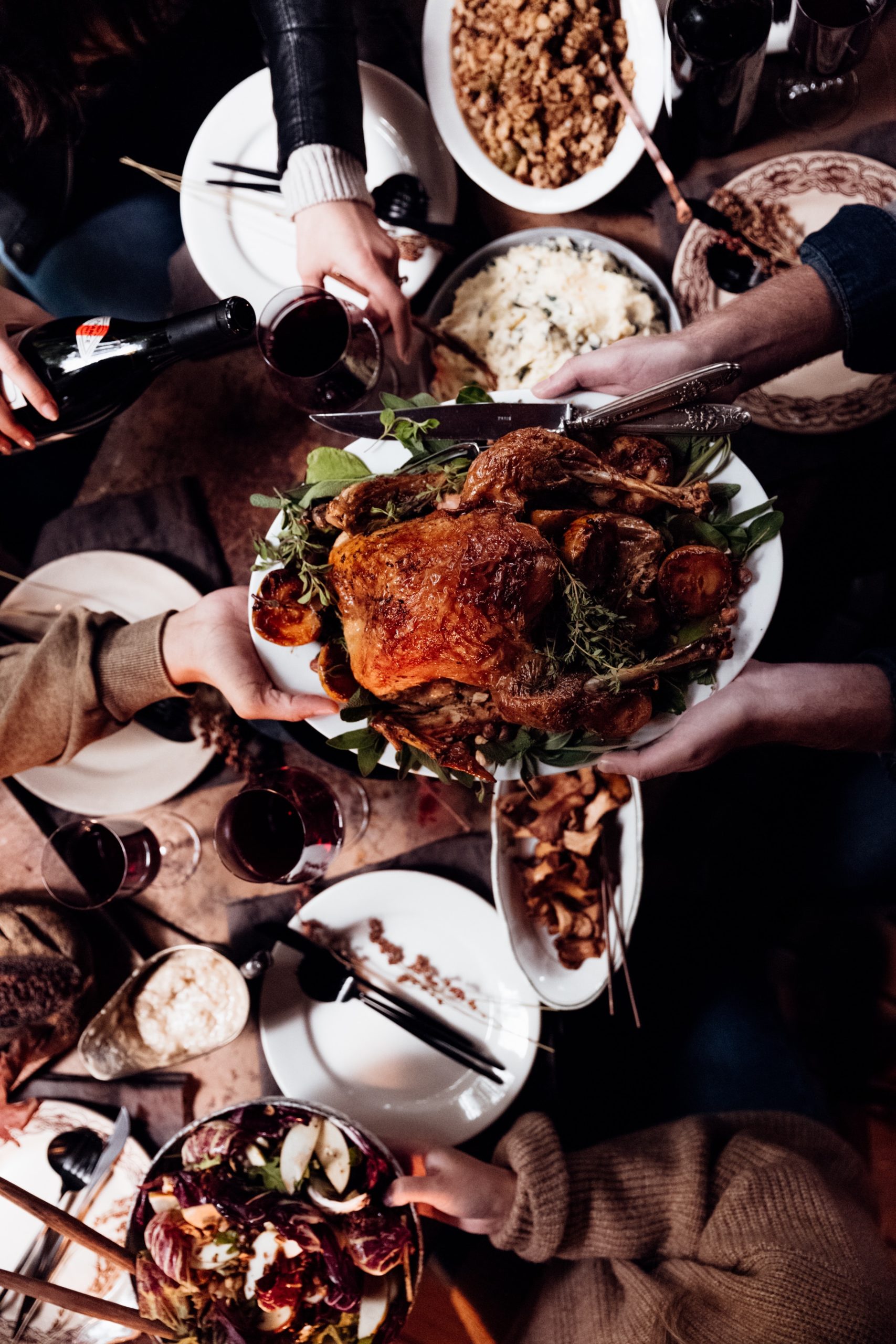
December 19, 2019
Science-based Portion Control Tips for the Holiday Season
SHARE
The average person gains about one pound during the six weeks between Thanksgiving and New Year’s. It may seem like a small price to pay for enjoying your favorite holiday treats, but it’s quite difficult to shed that weight after the festivities. And you know what? That holiday weight gain tends to stick around year after year, and before you know it, you’re more than a few pounds overweight.
One of the most effective ways to avoid holiday weight gain is portion control. However, it can be hard to stick to the recommended portions without feeling like you’re depriving yourself. Sometimes, you need to trick your brain into thinking your portions are bigger than they really are.
Learn the Basics
When serving food, divide your plate into two and fill one half with non-starchy vegetables. Then divide the remaining half into two and fill one quarter with protein and the other with complex carbs.
However, since plates come in all sorts of shapes and sizes, ensure that your portion of protein is no bigger than the palm of your hand and your portion of carbs is no bigger than your fist.
Always serve the vegetables first, the protein second, and the carbs last. This way, by the time you get to the carbs, your plate is almost full and you won’t have to think too hard about your portions.
Always Use a Plate
When you order takeout, it’s very tempting to eat from the container. However, this makes it very hard to determine what a reasonable portion looks like.
It’s best to portion out one serving of food onto a plate and eat that first. Chances are you will feel full after the first serving and will save the rest for later.
Use Smaller, Darker Plates
Studies show that bigger plates can cause you to consume up to 50% more food. This is because your brain bases your portions on how the food looks relative to the plate. A typical serving looks smaller on a bigger plate and, as a result, leaves you feeling less satisfied.
Similarly, studies show that you are likelier to eat less when there’s a high contrast in colors between the plate and the food. Food stands out more on darker plates making the portions look bigger than they really are.
Just Enough to Satisfy Your Cravings
If you’re at a dinner party and find yourself surrounded by treats, pick about four items you’d really like to have and leave the rest. As for the portions, choose the smallest amount necessary to satisfy your cravings. If that portion is smaller than a serving, even better.
The Two-Third Rule
If you struggle with overeating, try only eating two-thirds of your meal. Put away the remaining one-third and eat it later if you’re still hungry. Chances are you won’t even think about your leftovers until it’s time for your next meal.
Don’t Binge on Healthier Foods
Binging on healthy foods still counts as overeating. Besides, most foods are only healthier if you stick to the right portion size.
A ‘reduced fat’ version of your favorite cheesecake may only be 25% lower in fat than the original version. This means that eating two portions of reduced-fat cheesecake is much worse than eating one portion of full-fat cheesecake.
Portion control is one of the cornerstones of healthy eating and weight management. However, we’ve become used to big portions, making it hard to reduce them without feeling deprived.
Sometimes, we need to use tricks like smaller, darker plates, putting away a third of our food, and filling half of our plates with vegetables to avoid overindulging, making sure we can still fit into our pants next Christmas.
